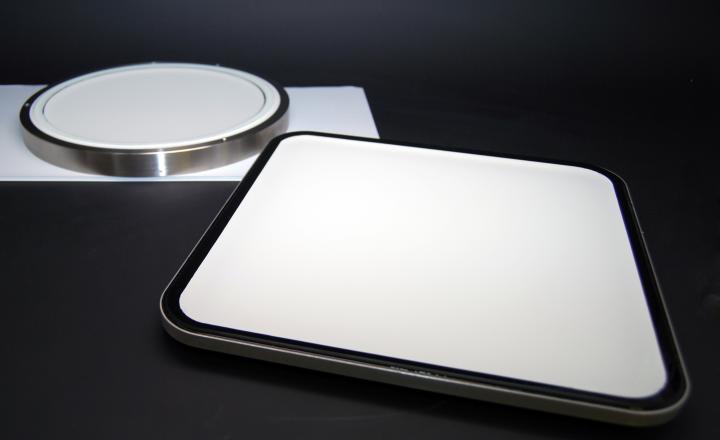Crystal scintillation gamma camera plates are widely used in Nuclear Medicine to image tissues containing gamma-emitting tracer compounds introduced into the patient. A matrix of photomultiplier tubes or other light sensors optically coupled directly to the detector or a window detect the scintillation photons produced in the crystal. The camera system electronics compute the locations of the scintillation events in the crystal and evaluate the corresponding intake of the tracer in the tissue. This information is expressed in the image.
The original gamma cameras incorporated a single NaI(Tl) flat crystal. To increase patient throughput and improve resolutions, systems were designed with larger and/or multiple crystals. By using two or more large area detectors and by rotating them around the patient, a three-dimensional image of the radioactivity distribution can be obtained. This technique is called SPECT.
Traditional Gamma Camera Plates are flat rectangular or round NaI(Tl) crystals with a glass window (for light transmission) and an aluminum housing and is hermetically sealed.
In 1998, we produced a curved camera plate for UGM Medical for a dedicated PET system. The curved design brought the field of view closer to the body. Also during this time, thicker crystals were being used to image in both SPECT and PET modes. Thicker crystals, while improving high energy efficiency, tended to degrade low energy performance. The solution was cutting slots into the NaI(Tl) crystal to direct light to the photomultiplier tubes. This allows for excellent SPECT performance while still maintaining the improved efficiency for PET.
Although these product innovations are not currently available, we'd like to introduce you to possibilities that transform product ideas into pioneering progress.
Large NaI(Tl) crystals are used to detect the gamma rays emitted by the radiotracer injected into the patient. Two or more standard crystals with a 60cm by 45cm field of view are commonly used in one gamma camera system. Limits were pushed when a crystal prototype with a 86cm by 60cm field of view was manufactured.
The strength of our unique design comes from our product performance with superior energy resolution, light output level and detection homogeneity. In addition, with all manufacturing processes integrated in-house, we can assure reliability and reproducibility.



